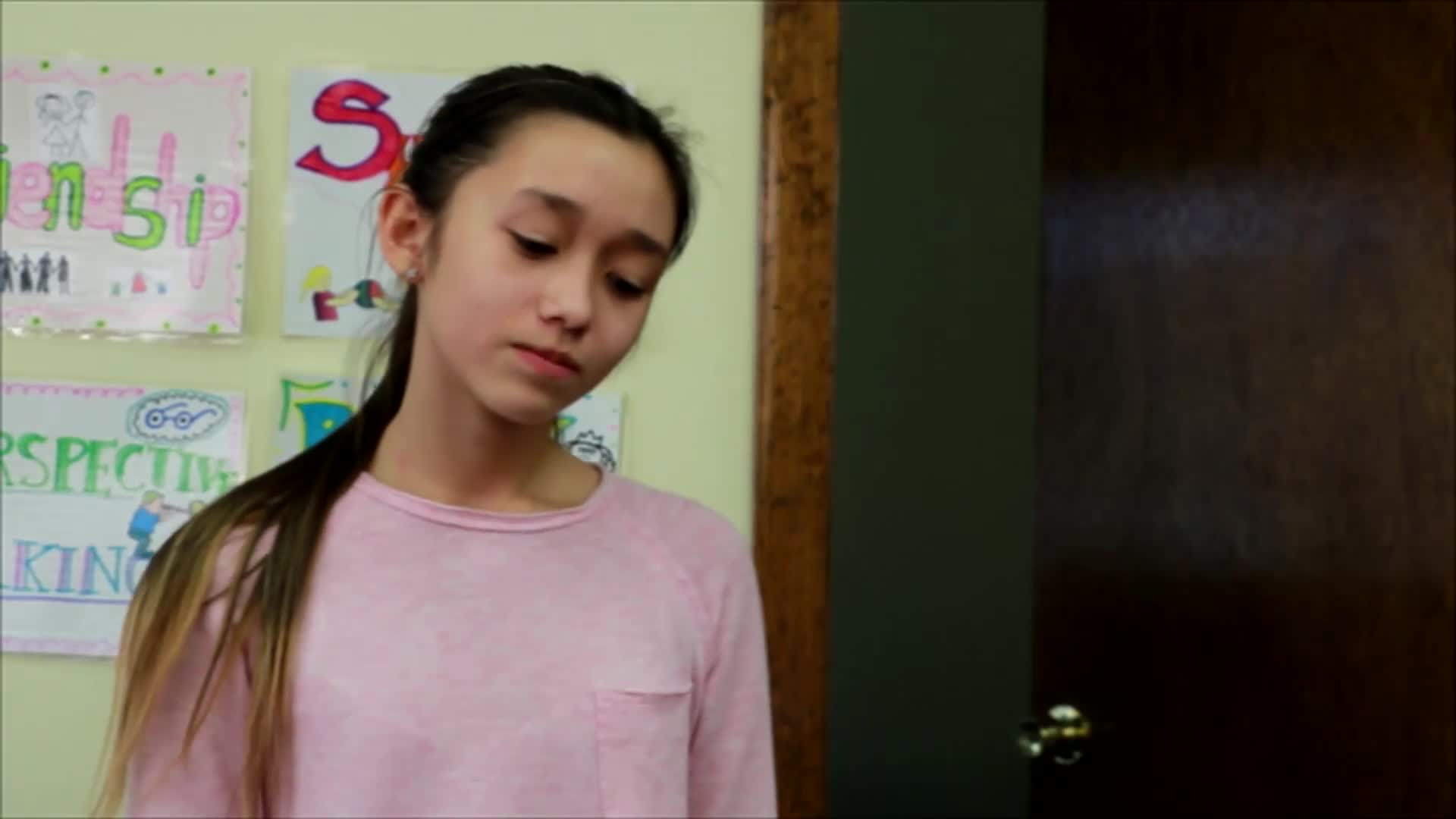
Introduction
Personal space awareness is a vital skill for elementary students to learn as it helps them navigate social situations and form healthy relationships with their peers. In this blog post, we will explore a no-prep activity that educators can use to teach personal space awareness, along with discussion questions and related skills that can further enhance students’ understanding of this essential concept. By incorporating principles of Social-Emotional Learning (SEL), educators can help students develop a deeper understanding of their own boundaries and how to respect those of others.
No-Prep Activity
The “Space Bubble” activity is an engaging and simple way for educators to teach personal space awareness without the need for any preparation or materials. To begin, have students stand in a circle with enough room for each person to extend their arms outward. Explain to the students that this circle represents their “space bubble.”
Next, ask the students to walk around the room while maintaining their space bubble by not allowing their arms to touch others’ bubbles. This will help them become more aware of their personal space and the space of those around them. As they walk, remind them to pay attention to how it feels to maintain their space bubble and how it feels when someone else’s bubble is too close.
After a few minutes, have the students return to their original positions in the circle and discuss their experiences. This activity not only helps students understand the concept of personal space but also allows them to practice maintaining their space bubble in a fun and interactive way.
Discussion Questions
After completing the “Space Bubble” activity, consider posing the following questions to your students to stimulate further discussion and reinforce the importance of personal space awareness:
- How did it feel when you were able to maintain your space bubble? How did it feel when someone else’s bubble was too close?
- Why is it important to be aware of our personal space and the personal space of others?
- Can you think of a time when someone invaded your personal space? How did it make you feel?
- How can we show respect for other people’s personal space in different situations, such as in the classroom, on the playground, or at home?
- What are some strategies you can use to help maintain your personal space in crowded situations?
Related Skills
Developing personal space awareness is an essential part of Social-Emotional Learning, but it is just one of many skills that students should learn to become well-rounded individuals. Other related skills that educators can incorporate into their teaching include:
- Active Listening: Encouraging students to listen attentively to their peers can help them become more aware of social cues and better understand the needs and feelings of others.
- Empathy: Teaching students to put themselves in someone else’s shoes can help them develop a deeper understanding of how their actions may affect others and improve their ability to maintain personal space.
- Respect for Boundaries: Helping students understand the importance of setting and respecting boundaries, both physical and emotional, can contribute to their overall social-emotional development and promote healthy relationships.
- Self-Awareness: Encouraging students to reflect on their own feelings and emotions can help them become more in tune with their personal space needs and the needs of others.
Next Steps
Teaching personal space awareness is a crucial component of Social-Emotional Learning, and incorporating it into your classroom can have lasting benefits for your students. If you’re interested in exploring more activities and resources to support SEL, we invite you to sign up for free samples of our materials. These resources can help you provide your students with the tools they need to develop essential life skills, build healthy relationships, and foster a positive learning environment.

